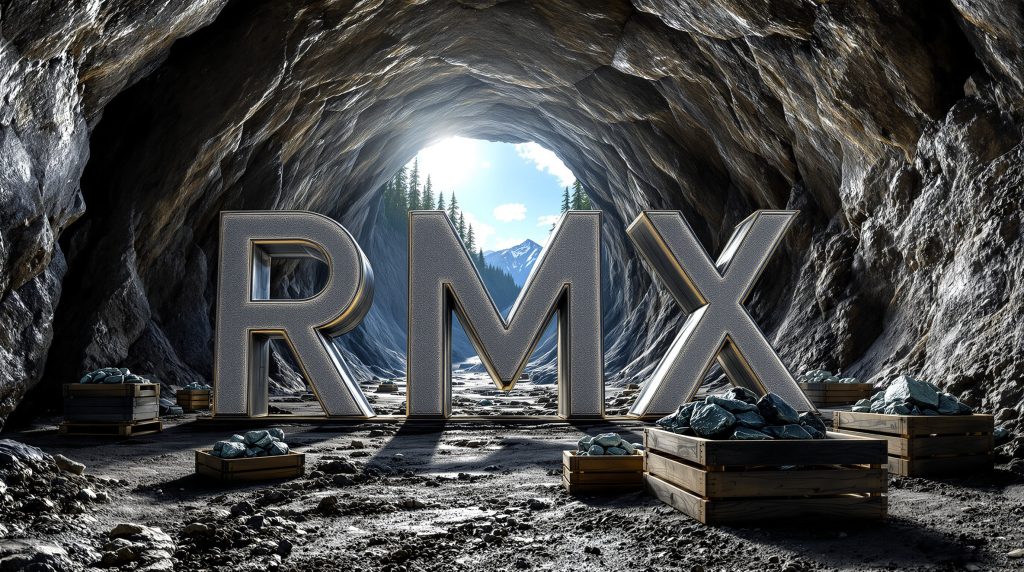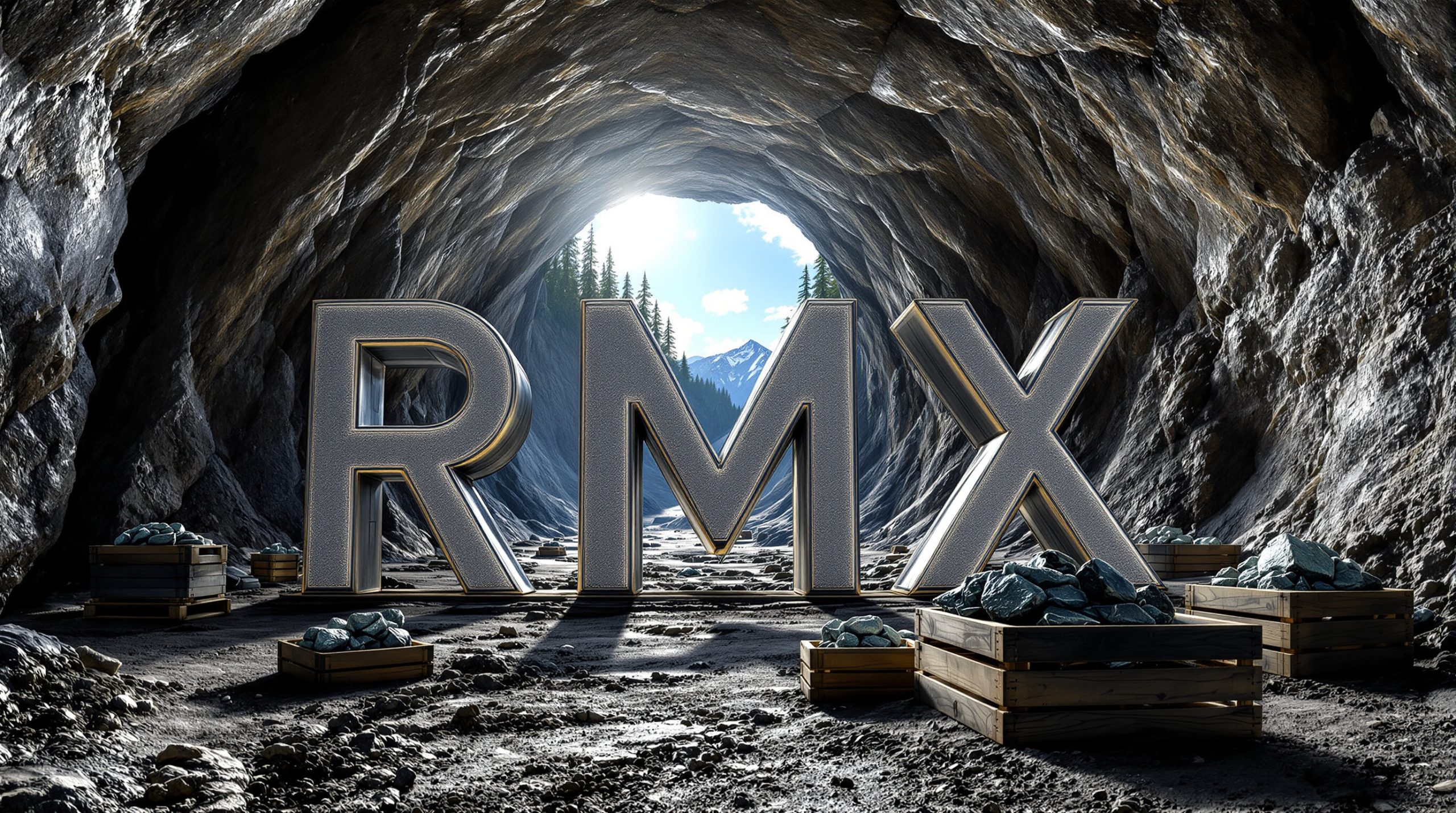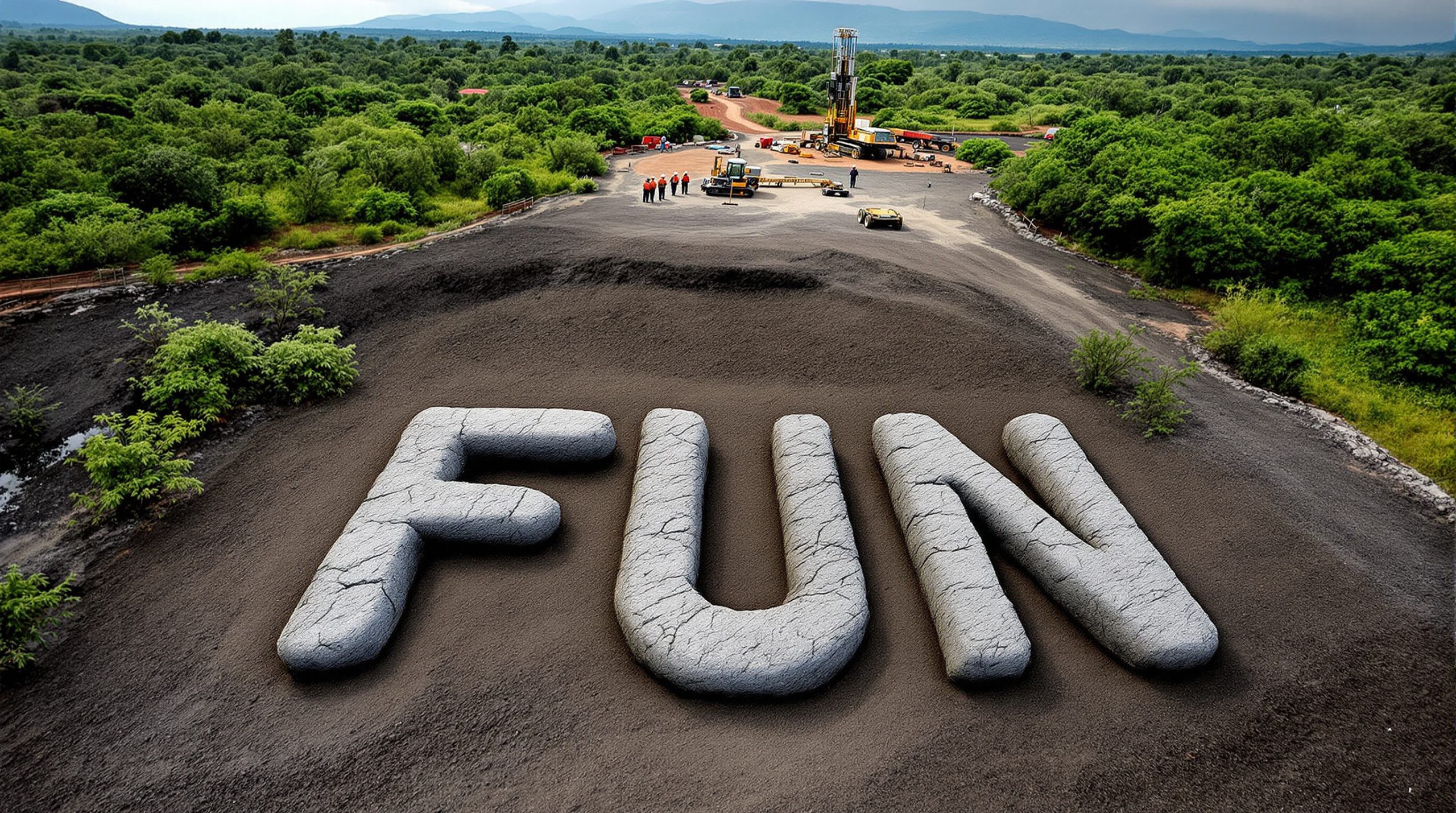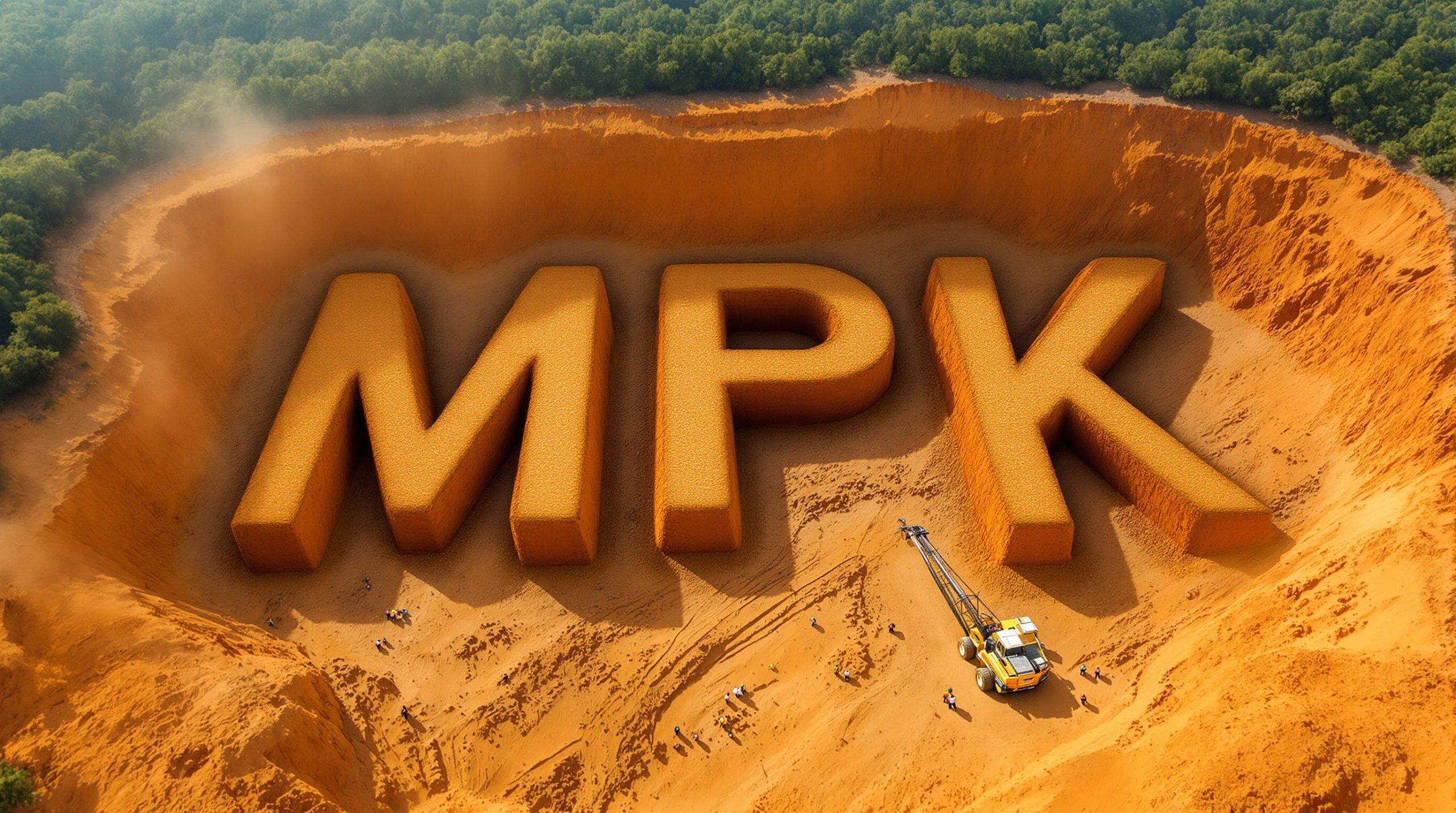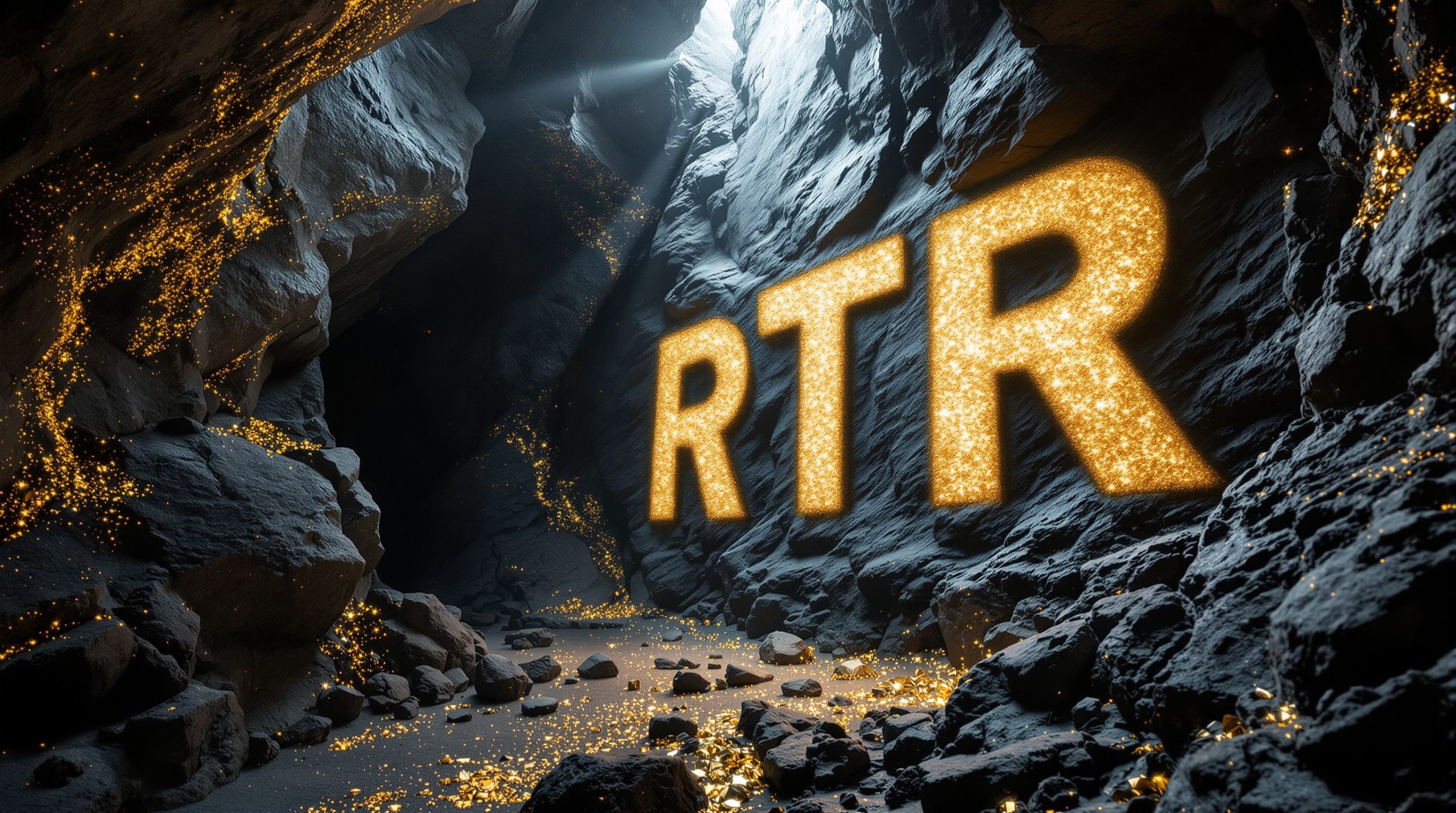Red Mountain Expands Idaho Antimony Footprint with High-Grade Silver Dollar Acquisition
Red Mountain Mining (ASX: RMX) has significantly boosted its presence in the Idaho antimony sector with the acquisition of the highly prospective Silver Dollar Antimony Project. This strategic move increases RMX's Idaho footprint by over 80% and adds a historical mine with exceptional antimony grades reported at 17.7% and 14.6% Sb with 6.3ppm silver from stockpile samples.
Strategic Expansion in a Critical Minerals Hotspot
The Silver Dollar Antimony Project sits approximately 70km southeast of the company's recently acquired Yellow Pine Antimony Project and features multiple antimony and gold mineral occurrences, including a 10m deep shaft sunk in 1944 to target a massive stibnite vein up to 1m thick.
What makes this acquisition particularly compelling is the geological setting. The stibnite vein mineralisation at Silver Dollar is related to an ENE-striking, steeply N-dipping fault, and the granodiorite host is part of the Cretaceous Idaho Batholith – an analogous geological setting to Perpetua Resources' (Nasdaq: PPTA) Stibnite Gold-Antimony Project, which boasts proven and probable mineral reserves of 4.8Moz Au and 148 Mlbs Sb.
"The addition of the Silver Dollar Antimony project provides increased scale in the central Idaho region and enhances our North American Antimony-Gold portfolio," the company stated in its announcement.
Remarkable Historical Production with Limited Modern Exploration
The historical Silver Dollar Mine has extraordinary antimony grades from 1940s production. According to historical records, the mine produced ore with average grades of 17.7% Sb. For context, these grades are exceptionally high compared to typical antimony deposits.
The USGS mineral database records a grade of 14.6% Sb and 6.3ppm Ag from a stockpile sample, confirming the high-grade nature of the deposit.
Perhaps most intriguing is that the mine features a 10m deep shaft where historical accounts indicate the stibnite vein was "paper-thin" at surface but swelled to a width of approximately 1m at 7.5m depth. Historical reports mention that pieces of pure stibnite up to 20kg in weight were removed during mining operations in the 1940s.
Despite this rich history, there has been extremely limited modern exploration at the site, presenting RMX with a significant opportunity to apply contemporary exploration techniques to a demonstrably high-grade antimony system.
Understanding Antimony: A Critical Mineral with Strategic Importance
Antimony is classified as a critical mineral by the United States and many other countries due to its essential applications and supply chain vulnerabilities. It's primarily used in flame retardants for safety equipment and electronics, but also serves crucial roles in batteries, semiconductors, and military applications including ammunition and infrared devices.
Strategic Applications of Antimony
Antimony has several key applications that make it strategically important:
- Flame Retardants: The largest commercial use, particularly in plastics, textiles, and electronics
- Lead-Acid Batteries: Used to harden lead in battery grids
- Military Applications: Critical component in ammunition, night vision devices, and infrared sensors
- Semiconductors: Used in diodes, infrared detectors, and other electronic components
- Glass and Ceramics: Provides clarity and removes air bubbles in glass manufacturing
The U.S. is almost entirely dependent on imports for its antimony supply, with China controlling approximately 60% of global production. This makes domestic U.S. antimony deposits like those held by Red Mountain strategically valuable from both commercial and national security perspectives.
High-grade antimony deposits are rare globally, making the reported historical grades at Silver Dollar (14.6-17.7% Sb) particularly noteworthy. For comparison, many operating antimony mines globally work with grades of 2-5% Sb.
Exploration Strategy and Next Steps
Red Mountain's initial exploration program at Silver Dollar will focus on mapping and sampling the main ENE-trending fault through the project area. The team will be looking for:
- Evidence of intersecting secondary structures
- Signs of hydrothermal fluid flow
- Brecciation and alteration
- Antimony mineralisation
These targets will then be prioritised for drill testing where justified.
The company is well-funded following a recent capital raising and plans to "aggressively execute exploration across its portfolio and assess new venture opportunities."
Building a Critical Minerals Portfolio of Scale
This acquisition aligns with Red Mountain's strategy of building a portfolio of critical mineral assets with significant scale advantages. The company believes "achieving scale will be a significant long-term competitive advantage in the US Critical Metals sector" and continues to evaluate additional high-potential opportunities.
What's particularly impressive is that RMX's US-based technical team identified and secured the project using internal resources, avoiding external vendor costs while building the company's expertise in the US critical metals space.
This strategic approach not only enhances the company's geological understanding but also maximises shareholder value by keeping acquisition costs low.
Why Investors Should Monitor Red Mountain
Red Mountain is strategically positioning itself in the U.S. critical minerals space at a time when domestic supply of materials like antimony is becoming increasingly important for national security and industrial applications.
The company now controls two antimony projects in Idaho with:
- Historical high-grade production (Silver Dollar's 17.7% Sb grades)
- Geological setting similar to Perpetua Resources' major Stibnite deposit
- Multiple antimony and gold occurrences across its expanded land package
- Strong funding position to execute exploration programs
- In-house technical expertise for identifying and acquiring strategic assets
With antimony being a critical mineral with limited domestic U.S. supply, Red Mountain is targeting a commodity with strong fundamental demand drivers. The company's expanding footprint in Idaho's productive antimony districts gives it exploration scale advantages and multiple opportunities to make significant discoveries.
As the company advances its exploration across the Silver Dollar and Yellow Pine projects, investors will want to watch for initial sampling results and the identification of priority drill targets that could quickly advance these historically productive antimony assets.
Ready to Invest in Critical Minerals with Exceptional Potential?
Red Mountain Mining has strategically positioned itself in the U.S. antimony sector with high-grade assets in Idaho, including the remarkable Silver Dollar project with historical grades of 17.7% Sb. As the company advances its critical minerals portfolio in a region of strategic importance, savvy investors have an opportunity to gain exposure to this high-potential story. To learn more about Red Mountain's expanding antimony footprint and investment potential, visit their Investor Hub today.
